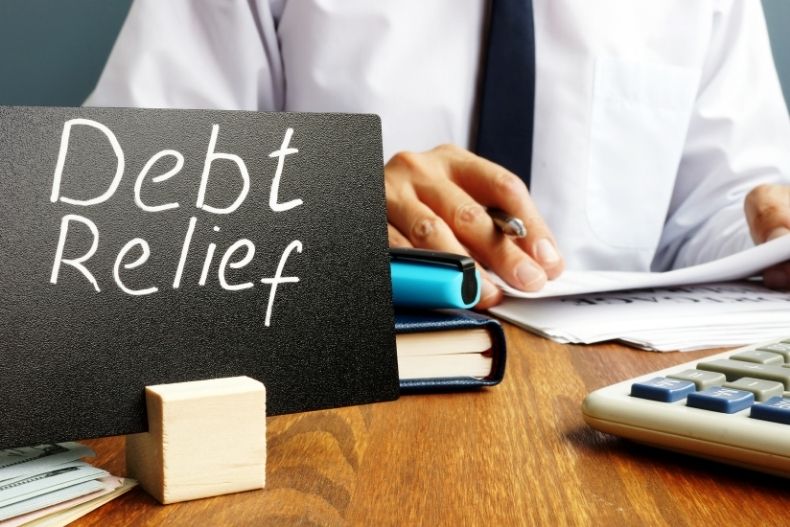
Image Source: Google
Debt can be a heavy burden to carry, but there are ways to lighten the load. Consumer debt relief programs can provide the assistance needed to manage and reduce debt effectively. However, with so many options available, it can be overwhelming to choose the right program for your specific needs. Here are five essential tips to consider when selecting the best consumer debt relief program.
1. Understand Your Financial Situation
Before choosing a consumer debt relief program, it is crucial to have a clear understanding of your financial situation. This includes assessing your total debt amount, monthly income, expenses, and any assets you have. By having a comprehensive overview of your finances, you can better determine which debt relief program is most suitable for your needs.
Key points to consider:
- Calculate your total debt amount.
- Assess your monthly income and expenses.
- Determine if you have any assets that can be used to pay off debt.
2. Research Different Debt Relief Options
There are various consumer debt relief programs available, each with its own set of pros and cons. It is essential to research and compare different options to find the program that aligns best with your financial goals and circumstances. Some common debt relief programs include debt consolidation, debt management plans, debt settlement, and bankruptcy.
Factors to consider when researching debt relief options:
- Interest rates and fees associated with each program.
- Impact on credit score and credit report.
- Qualifications and eligibility requirements.
3. Verify the Credibility of the Program
When selecting a consumer debt relief program, it is essential to verify the credibility and reputation of the organization offering the services. Research the company online, read reviews from past clients, and check if they are accredited by reputable organizations such as the Better Business Bureau (BBB) or the National Foundation for Credit Counseling (NFCC).
Steps to verify the credibility of a debt relief program:
- Check for any complaints or negative reviews online.
- Verify the accreditation and certifications of the program.
- Ensure transparency in the program's fees and services.
4. Understand the Costs and Fees Involved
Before enrolling in a consumer debt relief program, it is crucial to understand the costs and fees associated with the services. Some programs charge upfront fees, monthly service fees, or a percentage of the debt amount. Be sure to ask about all potential costs involved and compare them across different programs to find the most cost-effective option for your situation.
Common costs to consider when choosing a debt relief program:
- Upfront fees for enrollment.
- Monthly service fees.
- Percentage of the debt amount as a fee.
5. Seek Professional Advice if Needed
If you are unsure about which consumer debt relief program is best for you or if you need help navigating the complexities of debt relief options, it may be beneficial to seek professional advice. Financial advisors, credit counselors, and debt relief specialists can provide valuable insights and guidance to help you make an informed decision about managing your debt.
When to seek professional advice:
- If you are overwhelmed by the debt relief options available.
- If you need assistance in creating a debt repayment plan.
- If you are unsure about the impact of different debt relief programs on your financial situation.
By following these essential tips and taking the time to research and evaluate different consumer debt relief programs, you can make an informed decision that will help you effectively manage and reduce your debt. Remember that each individual's financial situation is unique, so it is essential to choose a debt relief program that aligns with your specific needs and goals.
